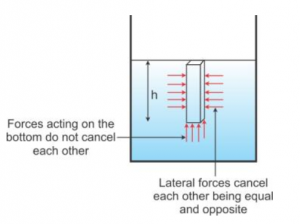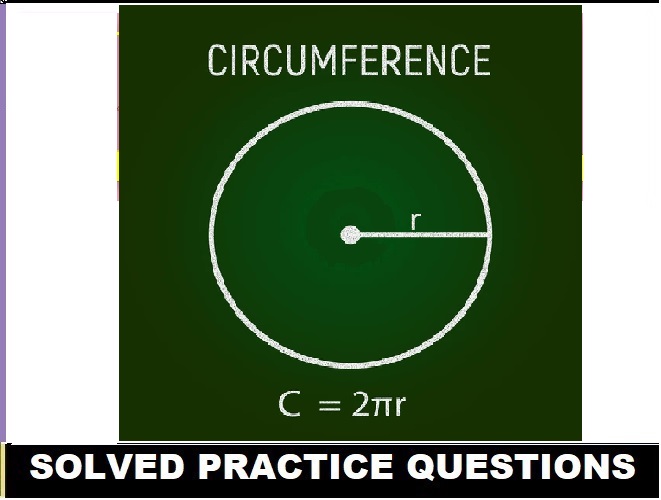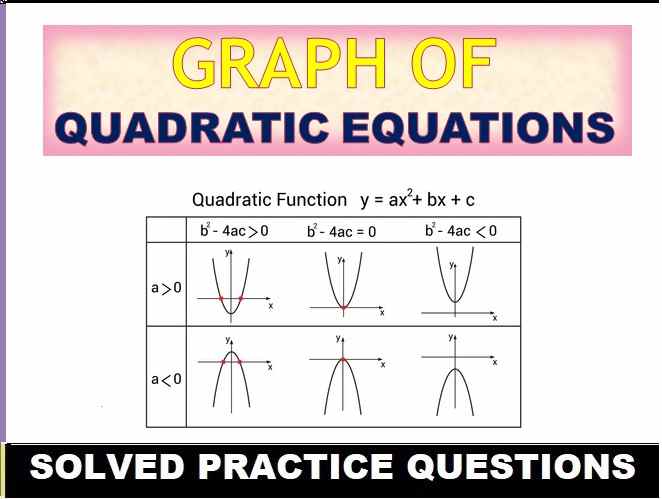Upthrust in Fluids, Archimedes’ Principle and Floatation Exe-5A Upthrust and Archimedes Principle Short Answer Type for Class-9 ICSE Concise Physics. There is the solutions of short Answer type Questions of your latest textbook which is applicable in 2025-26 academic session. Visit official Website CISCE for detail information about ICSE Board Class-9.
Upthrust in Fluids, Archimedes’ Principle and Floatation Exe-5A Short Answer
(ICSE Class – 9 Physics Concise Selina Publishers)
| Board | ICSE |
| Class | 9 |
| Subject | Physics |
| Writer / Publication | Concise selina Publishers |
| Chapter-5 | Upthrust in Fluids, Archimedes’ Principle and Floatation |
| Exe – 5A | Upthrust and Archimedes Principle |
| Topics | Solution of Exe-5(A) Short Answer Type |
| Academic Session | 2025-2026 |
Exe-5A Upthrust and Archimedes Principle Short Answer Type
Ch-5 Upthrust in Fluids, Archimedes’ Principle and Floatation Physics Class-9 ICSE Concise
Page 122
Que-1: What is meant by the term buoyancy?
Ans: The property of a liquid to exert an upward force on a body immersed in it is called buoyancy.
Que-2: What is the cause of upthrust? At which point can it be considered to act?
Ans: A liquid contained in a vessel exerts pressure at all points and in all directions. The pressure at a point in a liquid is the same in all directions – upwards, downwards and sideways. It increases with the depth inside the liquid.

When a body is immersed in a liquid, the thrusts acting on the side walls of the body are neutralized as they are equal in magnitude and opposite in direction. However, the magnitudes of pressure on the upper and lower faces are not equal. The difference in pressure on the upper and lower faces cause a net upward force (= pressure x area) or upthrust on the body.
It acts at the center of buoyancy.
Que-3: State three characteristic properties of upthrust.
Ans: Characteristic properties of upthrust are:
(a) Larger the volume of object submerged in fluid, smaller is the upthrust.
(b)Larger the volume of object submerged in fluid, greater is the upthrust.
(c) For same volume inside the fluid more the density of fluid, greater is the upthrust.
Que-4: A piece of wood if left under water comes to the surface. Explain the reason.
Ans: A piece of wood if left under water comes to the surface of water because the upthrust on body due to its submerged part is equal to its own weight.
Que-5: Will a body weigh more in air or vacuum when weighed with a spring balance? Give a reason for your answer.
Ans: A body shall weigh more in vacuum because in vacuum, i.e. in absence of air, no upthrust will act on the body.
(Upthrust in Fluids Exe-5A Short ICSE)
Que-6: A metal solid cylinder tied to a thread is hanging from the hook of a spring balance. The cylinder is gradually immersed into the water contained in a jar. What changes do you expect in the readings of the spring balance? Explain your answer.
Ans: The readings in the spring balance decreases. As the cylinder is immersed in the jar of water, an upward force acts on it, which is in opposition to the weight component of the cylinder. Hence the cylinder appears to be lighter.
Que-7: A body dipped into a liquid experiences an upthrust. State two factors on which upthrust on the body depends.
Ans: Upthrust on a body depends on the following factors:
(i) Volume of the body submerged in the liquid or fluid.
(ii) Density of liquid or fluid in which the body is submerged.
Que-8: How is the upthrust related to the volume of the body submerged in a liquid?
Ans: Larger the volume of body submerged in liquid, greater is the upthrust acting on it.
Que-9: A bunch of feathers and a stone of the same mass are released simultaneously in air. Which will fall faster and why? How will your observation be different if they are released simultaneously in vacuum?
Ans: When a bunch of feathers and a stone of the same mass are released simultaneously in air, the feathers will fall after the stone falls due to air friction. In vacuum, as there is no air friction, the acceleration due to gravity of both bodies will be the same, and therefore, the feathers and the stone will fall at the same time.
Que-10: A small block of wood is completely immersed in (i) water, (ii) glycerine and then released. In each case, What do you observe? Explain the difference in your observation in the two cases.
Ans: Observation: Volume of a block of wood immersed in glycerin is smaller as compared to the volume of block immersed in water.
Explanation: Density of glycerine is more than that of water. Hence, glycerin exerts more upthrust on the block of wood than water, causing it to float in glycerine with a smaller volume.
(Upthrust in Fluids Exe-5A Short ICSE)
Que-11: A sphere of iron and another of wood, both of same radius are placed on the surface of water. State which of the two will sink? Give a reason for your answer.
Ans: Sphere of iron will sink.
Density of iron is more than the density of water, so the weight of iron sphere will be more than the upthrust due to water in it; thus, it causes the iron sphere to sink.
Density of wood is less than the density of water, so the weight of sphere of wood shall be less than the upthrust due to water in it. So, the sphere of wood will float with a volume submerged inside water which is balanced by the upthrust due to water.
Que-12: How does the density of material of a body determine whether it will float or sink in water?
Ans: The bodies of average density greater than that of the liquid sink in it. While the bodies of average density equal to or smaller than that of liquid float on it.
Que-13: It is easier to lift a heavy stone under water than in air. Explain.
Ans: It is easier to lift a heavy stone under water than in air because in water, it experiences an upward buoyant force which balances the actual weight of the stone acting downwards. Thus, due to upthrust there is an apparent loss in the weight of the heavy stone, which makes it lighter in water, and hence easy to lift.
— : End of Upthrust in Fluids, Archimedes’ Principle and Floatation Exe-5A Short Answer Type Solutions :–
Return to Concise Selina Physics ICSE Class-9 Solutions
Thanks
Please share with your friends


